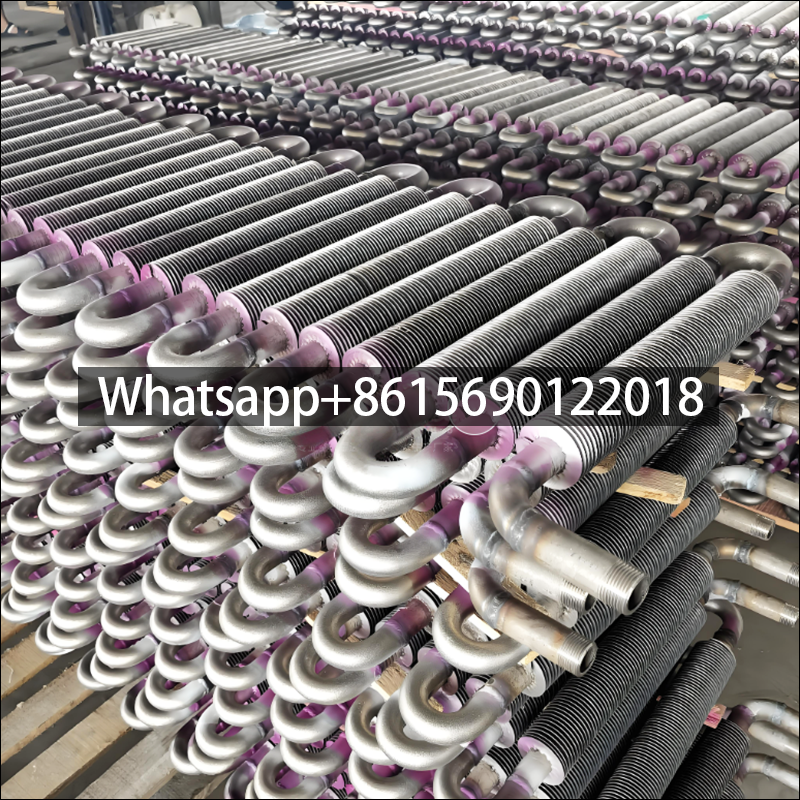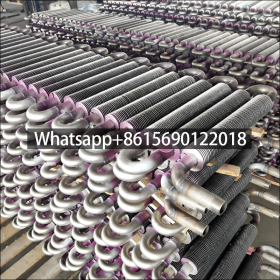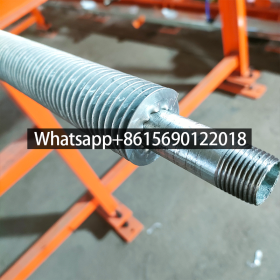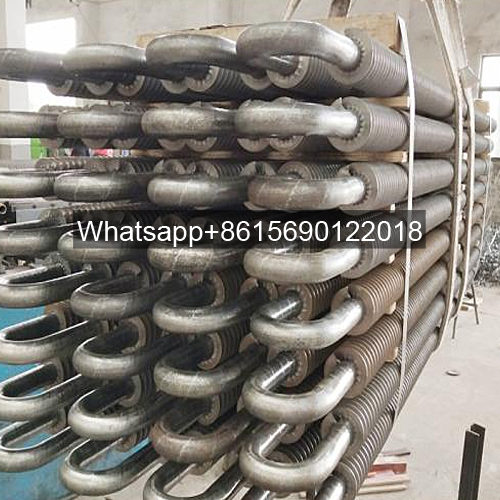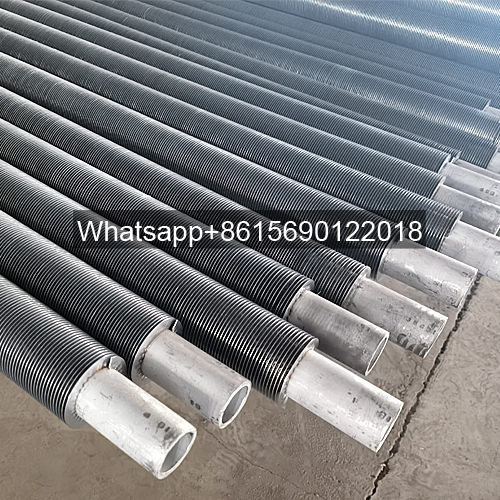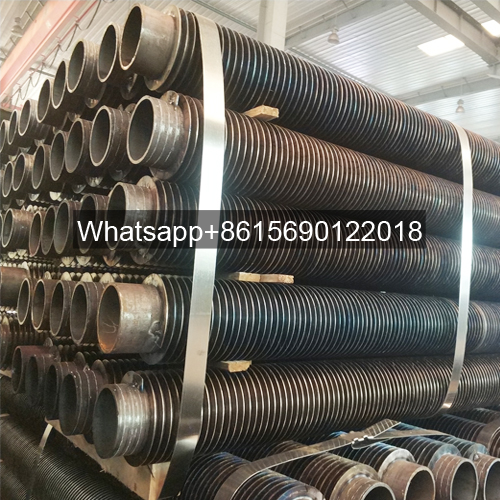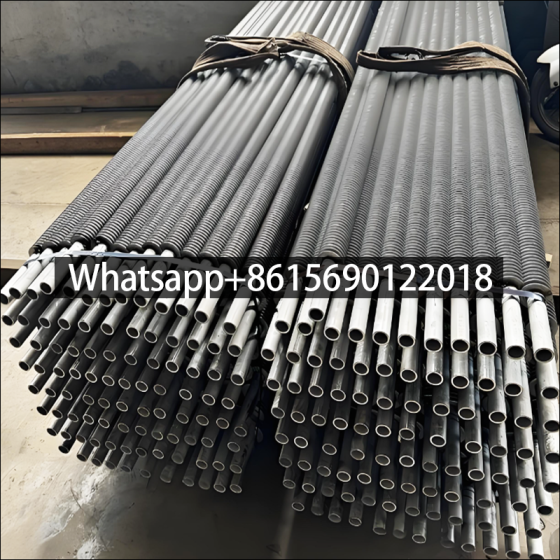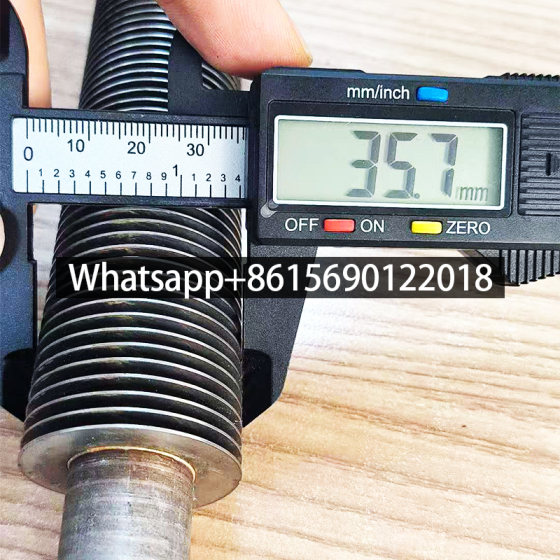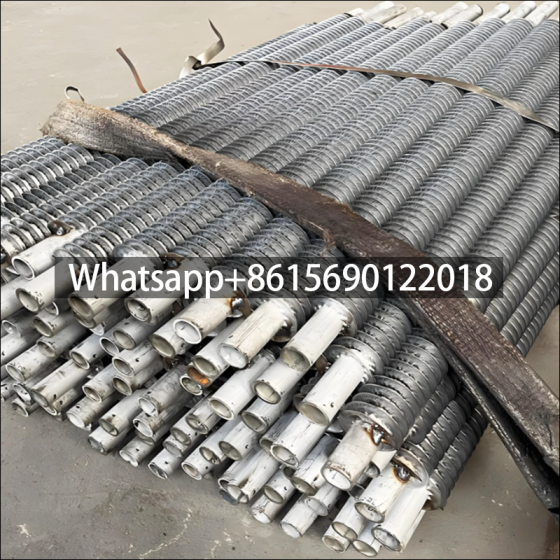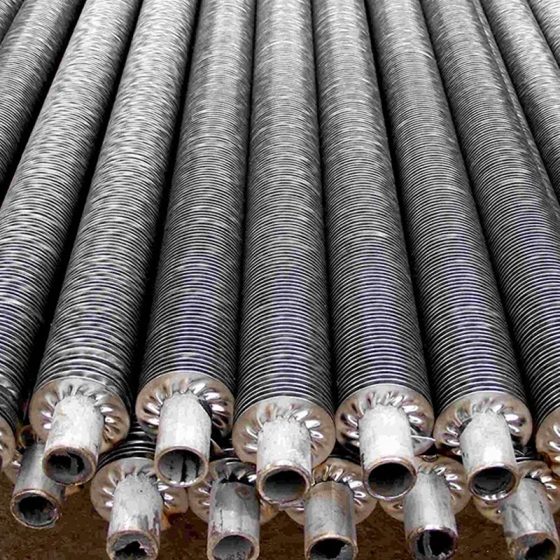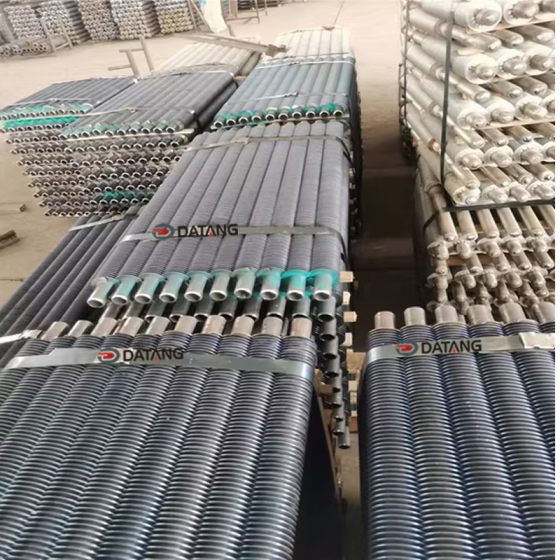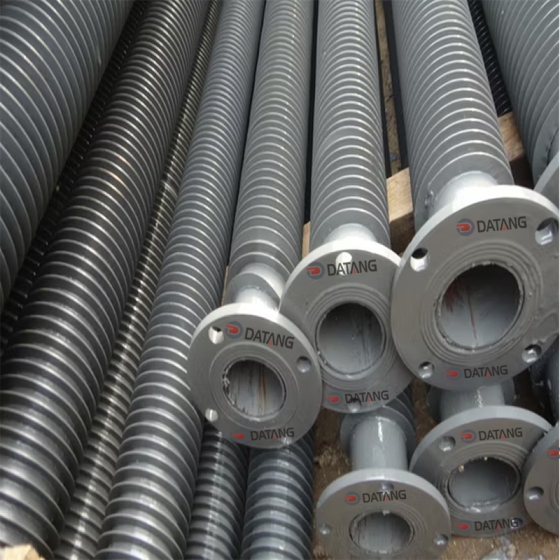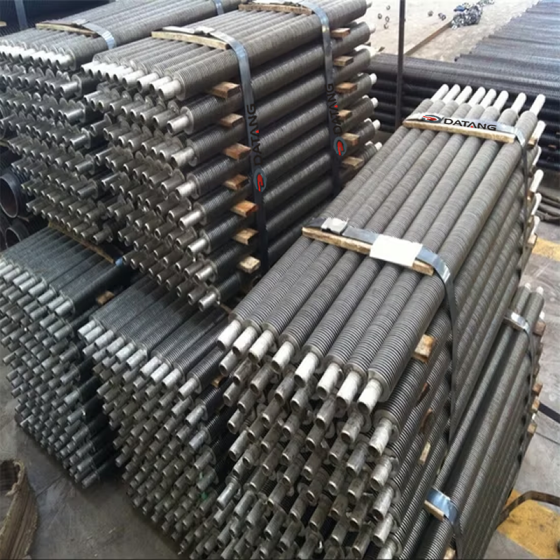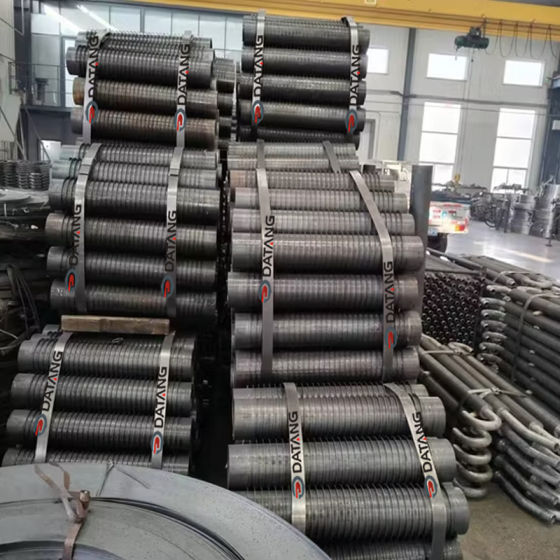Spiral Fin Tube Heat Exchanger Elements
Spiral finned tubes, also known as helical finned tubes, utilize spiral fins to enhance heat transfer. They are energy-saving heat transfer components for equipment such as boilers and pressure vessels. Their heat transfer area can reach several to dozens of times that of plain tubes. Manufacturing processes include high-frequency resistance welding, Hartlöten, and roll forming. Integral spiral finned tubes utilize a hot rolling process to integrate the fins and base tube, extending their service life by more than three times.
Spiral finned tubes reduce flow resistance and metal consumption. Their weld-free design improves pressure bearing capacity and wear resistance, effectively solving the problems of dust accumulation and weld cracking associated with traditional finned tubes.
Spiral finned tubes are widely used in boiler economizers, air preheaters, and heat recovery for waste heat boilers, as well as in heat exchange equipment in various fields such as the chemical industry and pressure vessels. Their use in boilers is expanding, with units ranging in size from small to large.
Advantages of using helical finned tubes:
1) Increased heat transfer area within the effective space improves heat transfer efficiency.
2) Reduced space occupied by the heat transfer surface, resulting in a smaller volume, making it particularly suitable for packaged boilers.
3) Reduced equipment costs and improved safety.
4) Reduced operating costs due to reduced water-side pressure drop.
5) Increased finned tube rigidity improves seismic resistance.
Helical finned tube manufacturing methods
Spiral finned tubes can be manufactured using a variety of methods. The following are the main methods for manufacturing finned tubes used in heat exchange equipment such as boilers and pressure vessels:
High-frequency resistance welded spiral finned tubes
High-frequency resistance welded spiral finned tubes involve introducing a high-power, high-frequency current into the welded parts. The resistance heat generated by the current passing through the welded joint and the adjacent areas causes the weld surface to reach a molten or semi-molten plastic state. Appropriate pressure is then applied to the weld surface to complete the finned tube welding.
Brazed Spiral Fin Tubes
Brazed spiral fin tubes are made by filling the space between the welded parts with a brazing filler metal with a lower melting point than the welded parts. The brazing temperature is then raised. While the welded parts remain unchanged, the brazing filler metal melts and wets the welded parts, forming a brazed joint through diffusion at the welded parts’ contact points.
Integrated Spiral Fin Tubes
Integrated spiral fin tubes are formed in one step by extruding and rolling a thick-walled tube (a blank) under continuous medium-frequency heating. A domestic company has developed a patent for both the integrated spiral fin tube and its in-house integrated fin tube manufacturing equipment.
 dtfinnedtube.com
dtfinnedtube.com

